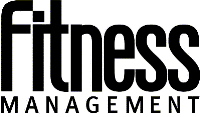
What would it mean for the fitness industry if exercise could be gotten from a pill? Well, we might just find out some time in the future. Two drugs are being developed by a group of researchers at the Salk Institute in San Diego. The group is led by Dr. Ronald Evans, an expert on how hormones work in cells, and who has won the Lasker Award, which often tops the Nobel Prize.
The pills trick the muscles into thinking that they have been working out furiously. The first, Aicar, generates more high-endurance Type 1 muscle fibers (those that generate the cell’s energy and are resistant to fatigue) without any exercise. It is hoped that this drug will help people who are too frail to exercise, and those with health problems such as diabetes.
The second drug, GW1516, generates more Type 1 fibers during exercise, allowing exercisers to perform twice as long as they were previously able. Obviously, this one is of great interest to athletes, but it should be known that Evans has already devised a test to detect whether an athlete has taken the drug, and he has made it available to the World Anti-Doping Agency.
Could pharmaceutical exercise be a good thing for our industry? It will give people who take the drugs more energy. And, more energy usually translates into a desire to be more active. On the other hand, the drugs could be used as an excuse for not needing to be more active.
Either way, it’s something we need to start thinking about, as an “exercise pill” is most certainly on the horizon.


